The coolest and yet slowest Mac of them all, the Color Classic. I had been after one of these for a while and then a friend was offering up a non working, but cosmetically good condition unit. I was told it had been attempted to be recapped but it did not come back to life. The only life it gave was it powered on and gave a white screen.
White screen and ‘Chimes of Death’
The first place to start is always power. When I was firing it up, the machine would power on from just the main power switch, NOT from the keyboard like it was supposed to. This was the first issue. After some DeOxit and reseating I finally got the machine to show some life and it started giving me the ‘chimes of death’ which are like the mac boot sounds but a very sad version of it. Basically telling me that it didn’t want to start.
I found out after testing with another Color Classic I had for reference that the keyboard I had, had a bad ADB cable, I swapped out the ADB cable for an S-Video cable as it is the same wiring, this didn’t fix any of my issues but at least gave me a known good keyboard.
Fault finding
This part took a long time to do, referencing two different boards, fixing ripped traces, reflowing the new caps and even using my Flir Thermal camera to see what was getting hot, if anything. I cleaned the board multiple times and reflowed a bunch of parts and tested a huge amount of parts. Everything was pointing to power and U7/U8. The ADB power key should pull two pins low, which wasn’t right as the pins were always low on this board so something was shorting it to ground. I replaced caps, resistors removed ADB ports and everything else. In the end I decided it had to be one of those 2 proprietary chips. So, I had to sit on it and wait for a parts to turn up or a modern way to replace those parts.
Getting a donor board for parts
Luckily for me, the same person I got the machine off also found another mainboard, which had ripped traces, missings caps and missing chips. BUT it had U7 and U8 still in tact. Stupidly I should have done one chip at a time but I did both and the machine fired into life! The short on the ADB port was gone, so all I know is that it was either U7 or U8, I am fairly certain it was U7 though.
Working unit and installing a SCSI2SD
Once I had all the hard parts done it was just a matter of getting an actual OS on it. As per usual the SCSI drive was totally dead, but I had recently picked up a SCSI2SD V6 for this build and in it went. Getting the image made up was a bit of a pain and I ended up creating it in Basilisk II and flashing it to the SD card. A little while later I ordered an SD card Extension so I could access it from the rear port on the machine so swap in and out easily for further tinkering.

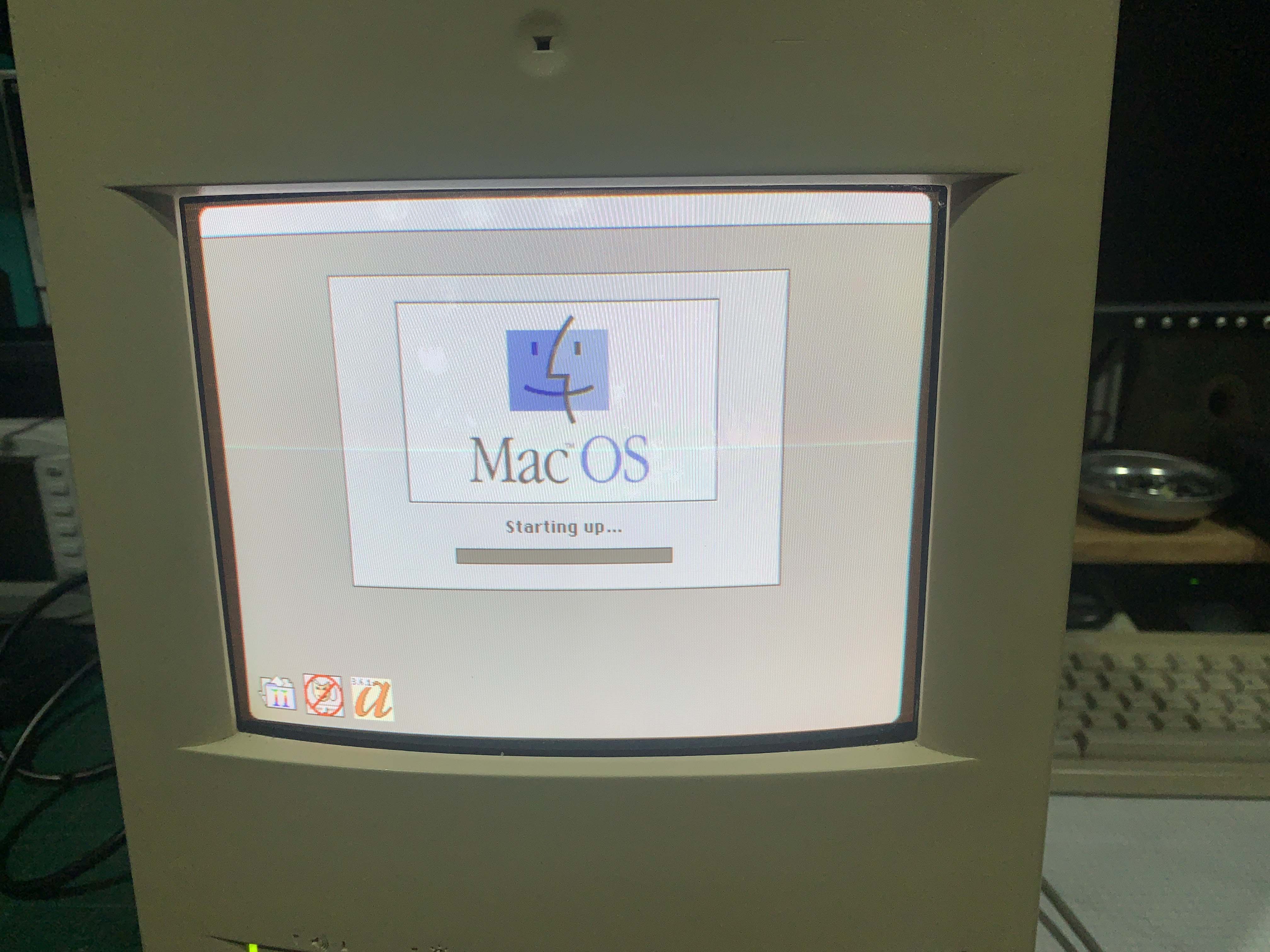
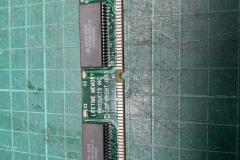
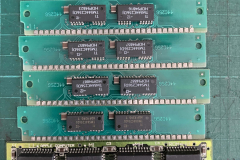
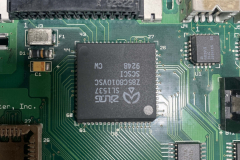
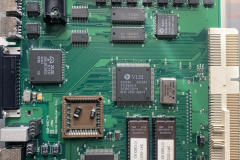
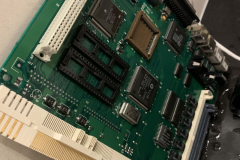
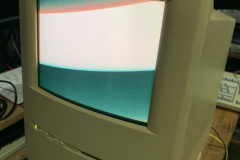
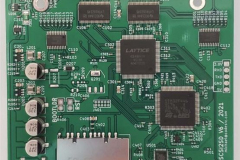
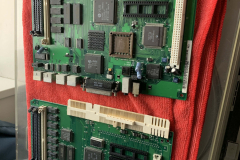
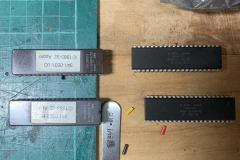
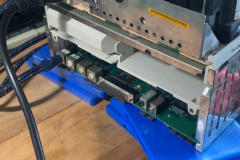
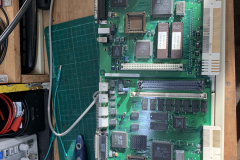
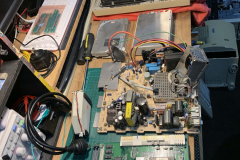
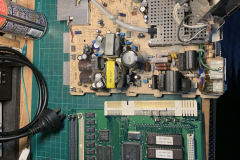



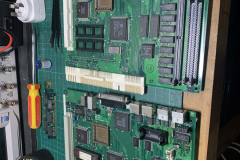
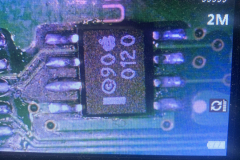
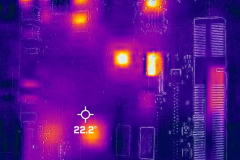
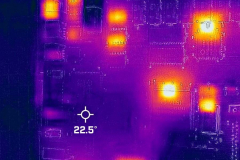
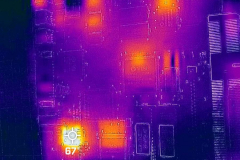
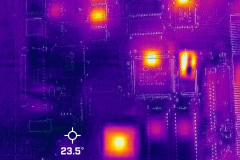
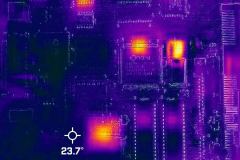
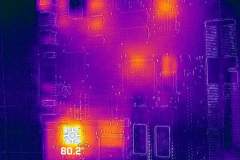
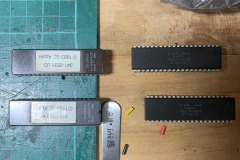
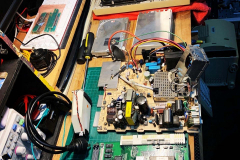
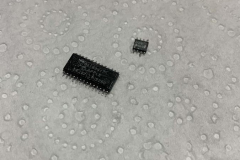
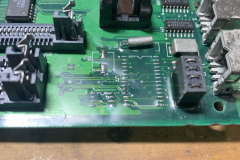

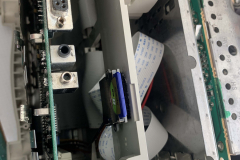
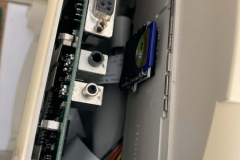
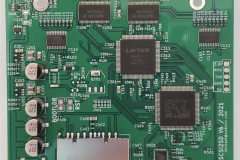
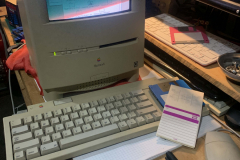
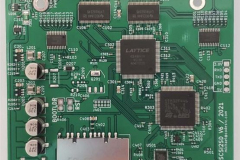
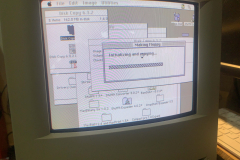
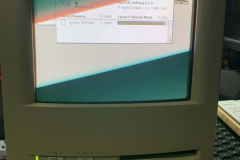
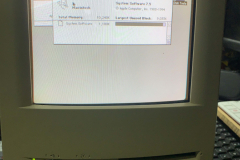
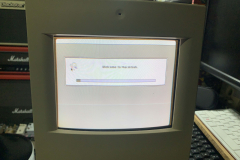
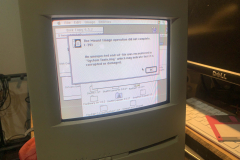
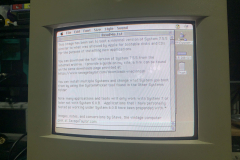
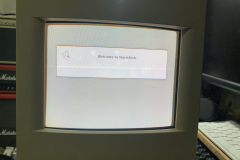
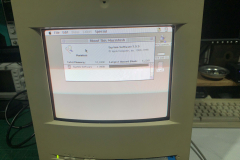
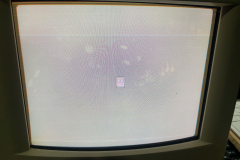
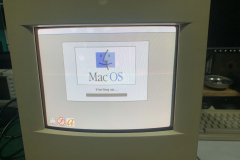
0 Comments